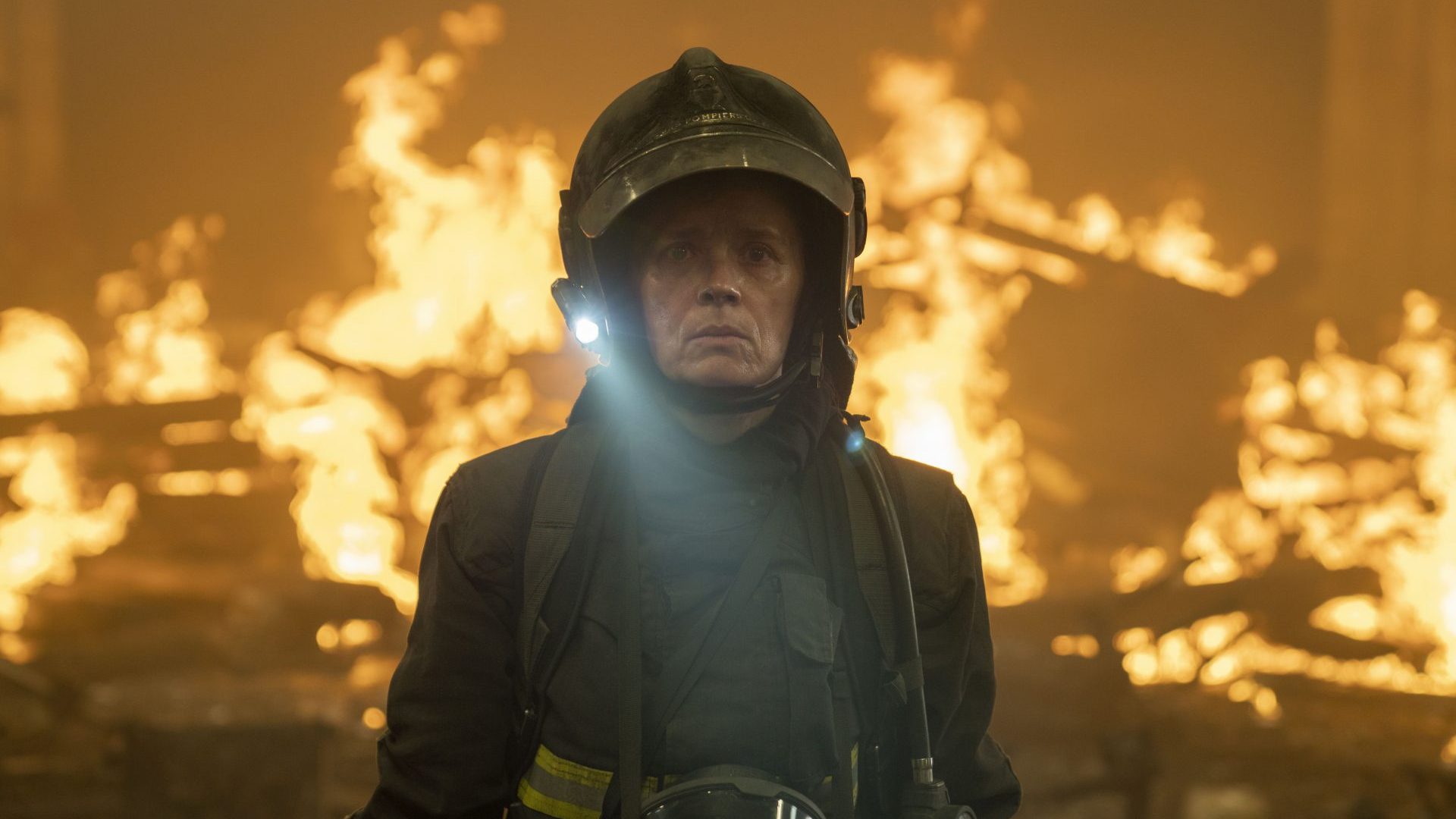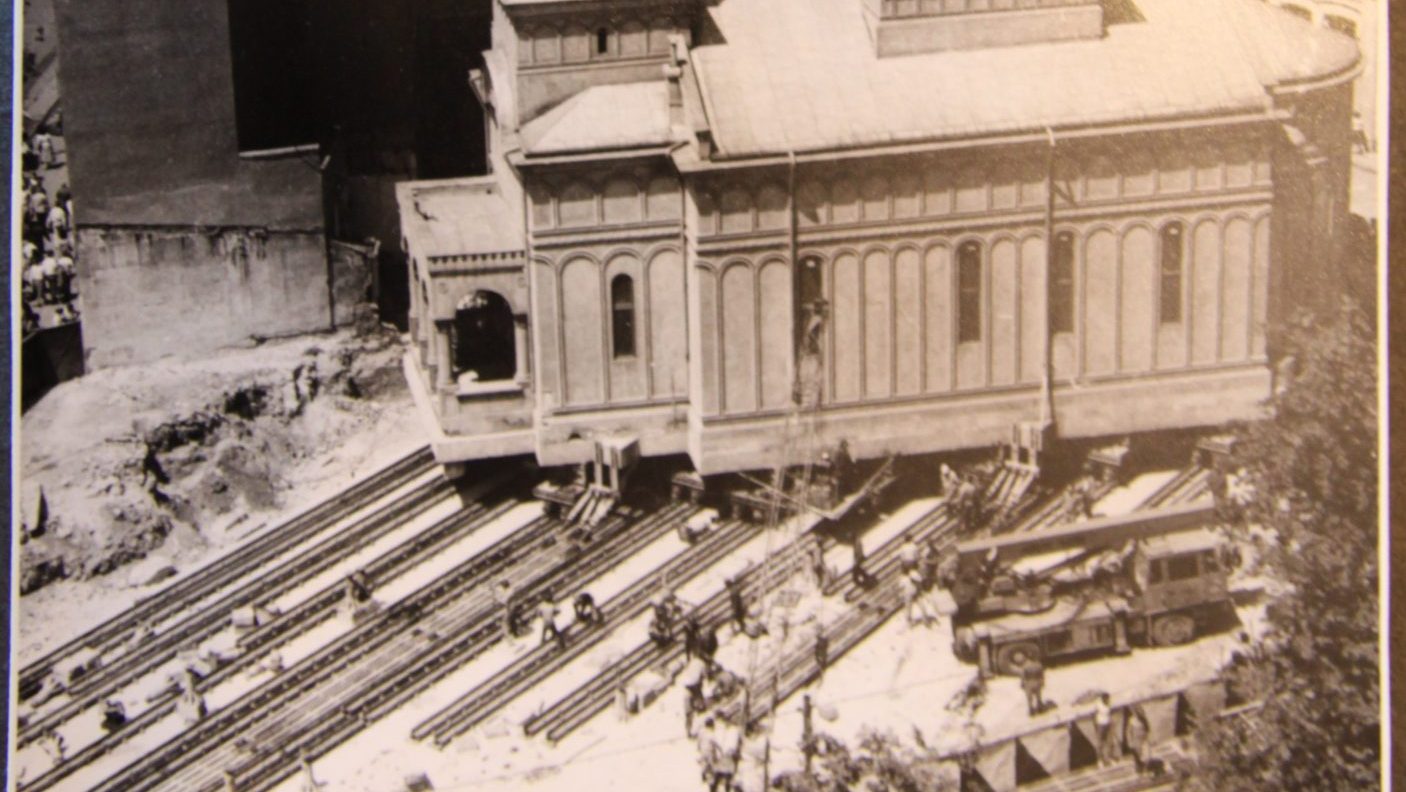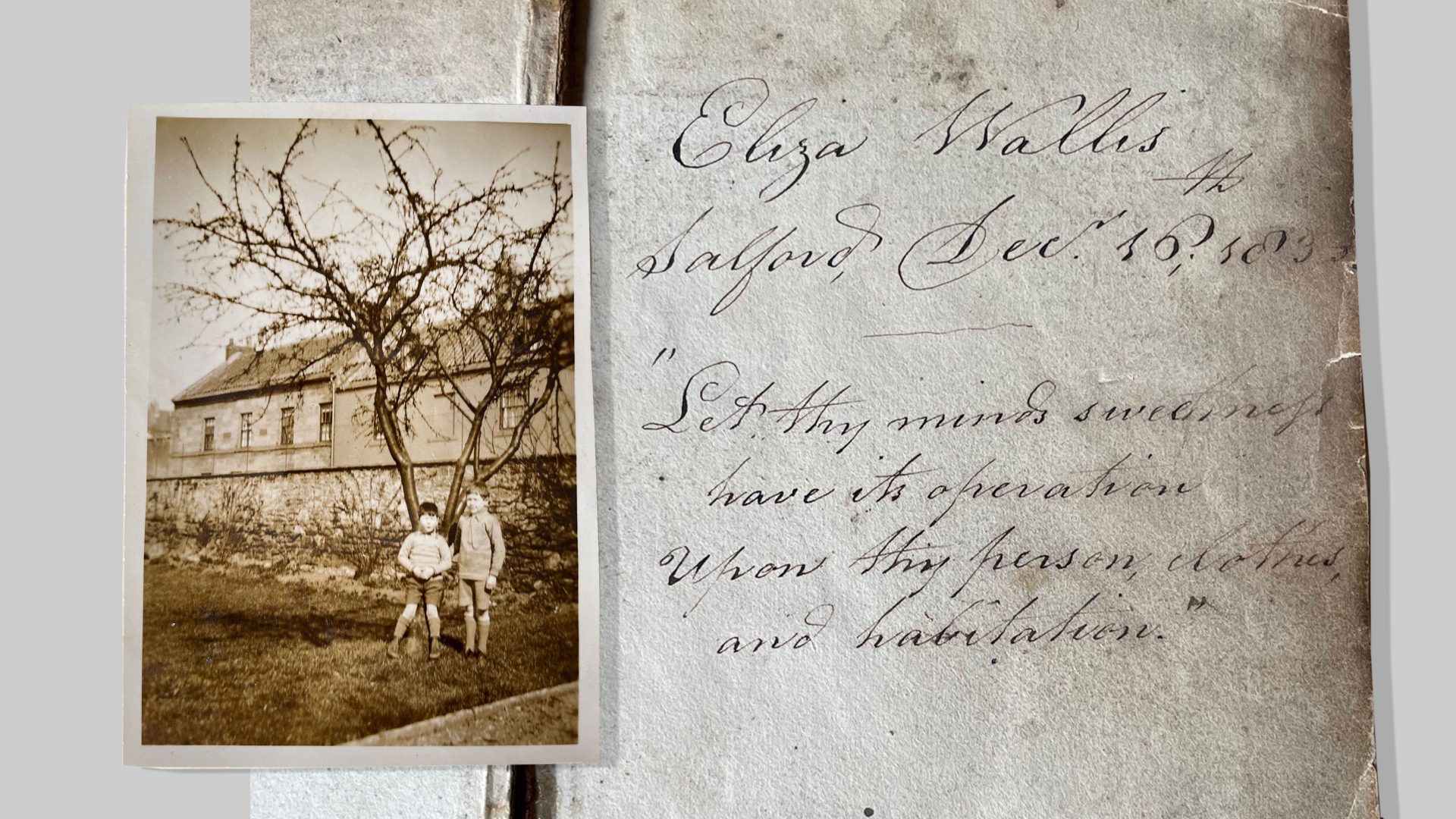What were you doing when you heard that Michael Jackson had died? The question rests on the idea that some cultural and historical events are so
significant that they forever embed what you were doing at that exact moment into your memory, no matter how mundane. So my mum will tell
you that when the news about Princess Diana came through from Paris, she
was awake in the early hours feeding a wailing six-week-old me. Ask my dad
about 9/11 and he’ll tell you he was in a hotel lobby, waiting to check in for a
holiday, watching the scenes on TV.
But back to Michael Jackson. Maybe you were cooking when you learned that he’d died? Or asleep in bed? Max, a former boxer, restaurant owner and
one of the lead characters in Netflix’s Notre-Dame was with his 11-year-old daughter, Victoire. She cried all night. He shares this story with Alice, a local
firefighter working through the loss of a loved one, and so begins his experience of April 15 2019 – the night Notre-Dame cathedral burned.
Directed by Hervé Hadmar and consisting of six episodes, Notre-Dame remembers a night when the whole world stopped and turned its gaze to
the French capital. More than two years on, we’re still glancing over at
the rebuilding. Hadmar’s dramatisation is not the first to tackle the retelling of a seismic cultural moment. Earlier this year, Notre-Dame on Fire was released, giving audiences an adventure-fuelled IMAX version of events. A virtual-reality spinoff allowed watchers to try their hand at extinguishing the fire to see how they would’ve fared under the pressure. Now, Notre-Dame takes on this task with a unique selling point.
Based on the true accounts of Parisian firefighters, transcribed in La Nuit de Notre-Dame by Romain Gubert, as the plot progresses we see events play out in real time through the eyes of several characters. Général Ducourt, a soon-to-be-retired fire chief (Roschdy Zem) quickly becomes the voice of reason at the chaotic firefighters’ base at the foot of the cathedral. He is flanked by Alice, a troubled but well-intentioned colleague still reeling from losing her lover, the Général’s son, in a fire two months ago. There’s the aforementioned Max, played by Simon Abkarian, who is on a one-man mission to reunite with his daughter (a far cry from Alex Dimitrios, the Bond baddie he took on in Casino Royale). Now grown up and moved on from the
death of the pop icon, Victoire has stumbled into a life of addiction and works as an escort to fund it.
Joining them in this ensemble cast is a determined freelance reporter, Elena, who sees the fire as her first chance at an exclusive. Her former
beau and junior fireman, Anthony, offers her a way into the cathedral, against his better judgment, in an attempt to win her affection once again. There’s her pushy and somewhat enigmatic producer, Steph, and pre-teen Billy, who appears to have chosen tonight (of all nights) to search for his father, who he has been led to believe is a firefighter. The script perfectly provides the colourful characters of Paris who seamlessly fall together to form the city’s response to the catastrophe.
And so we watch. Fixated on conversations that attempt to determine the cause of the fire (a fact that to this day eludes experts), how teams are to retrieve priceless relics such as the Crown of Thorns said to have been placed on Jesus’s head, and how they are to put out the fire before it wrecks their beloved cathedral beyond repair. On top of all this, there is one more burning question: how are they to achieve this while leaving the body count at zero?
The series depicts the humanity of events with a beautiful rawness. In one scene, for example, an obviously strung-out Victoire barters with a pharmacist for drugs. Convincing him, and indeed herself, that she just needs this one dose, and then she’ll get her life back on track. Just this one dose, she pleads to him, then she’ll get help as, after all, she had actually been meaning to do that anyway. Her acting skills fall short and she leaves visibly lost and without hope. It’s moving beyond words, but also aptly captures the idea that while, in the city centre, a cultural disaster is unravelling, across the rest of the capital personal catastrophes persist. Life, as ever, continued.
In fact, it is this very sentiment that Max raises a glass to as the series draws to a close. Perched on his restaurant’s doorstep with a heavily pregnant Alice (a foolproof cinematic device when getting across the point that life will out), he shares with her that he’ll now ask people where they were when Notre-Dame burned. It’s a beautiful symmetry to the feature’s opening minutes as Michael Jackson is replaced by Paris’s historic landmark.
As the sun came up the morning after the fire, Le Monde’s front-page read “Notre-Dame, notre histoire” (Our Lady, our history). Notre-Dame shares this history through a modern-day lens proudly as well as the tales of how much ordinary Parisians value it. And, perhaps more importantly, it brings to life those who risked it all to protect it.
Notre-Dame is streaming now on Netflix




